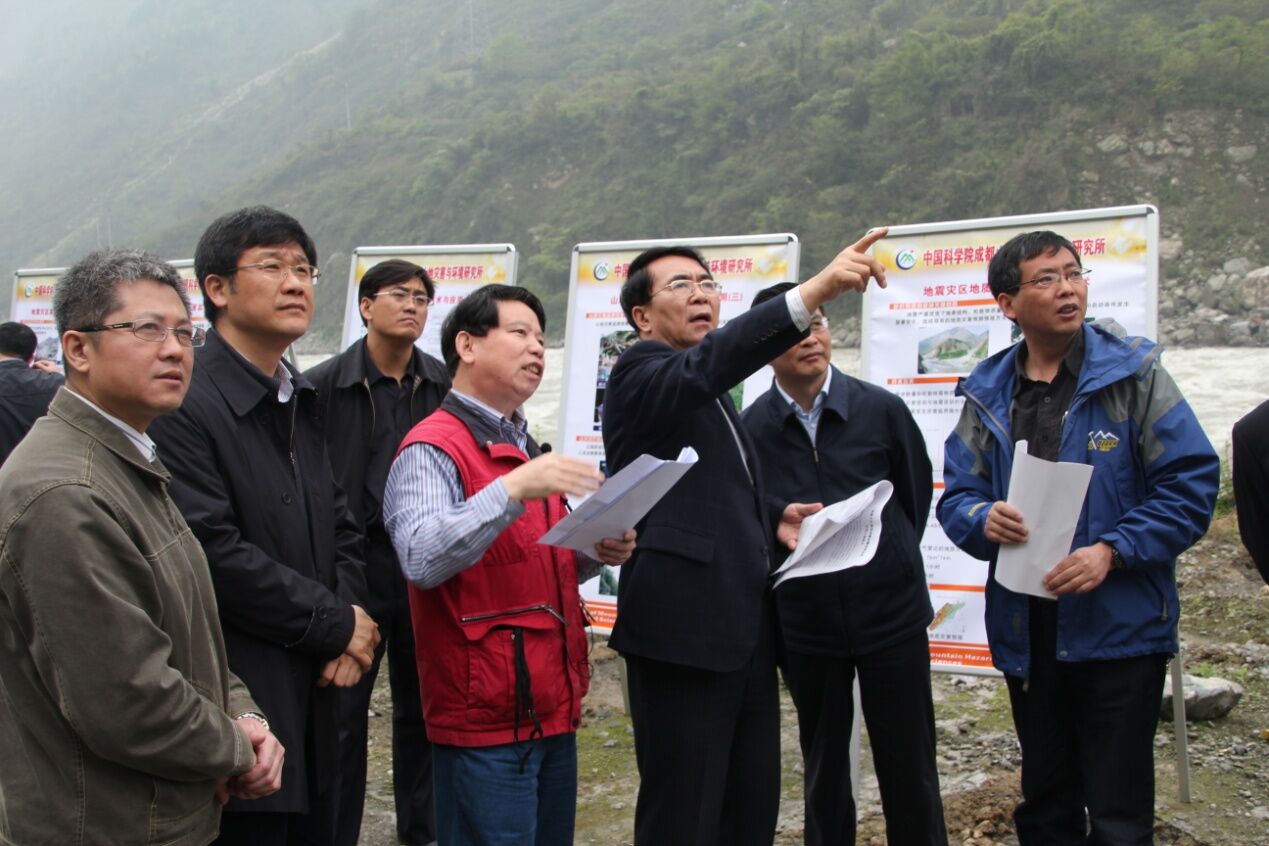The understanding of soil phosphorus (P) processes is essential for maintaining sustainable development of mountain ecosystems. Soil P bioavailability in natural ecosystems is often simultaneously impacted by lithology, climate, soil age, soil properties and biological activity. However, most previous studies have focused mainly on one single factor impacting P bioavailability.The impacts and relative importance of those factors on soil P biogeochemistry along altitudinal gradients are poorly understood.The vertical vegetation and soil zones on high mountains provide an opportunity for clarifying this problem.Moreover, while most studies on P regimes along altitudinal gradients consider the impact of P on vegetation, the opposite direction (e.g., influences of vegetation on soil P) is scarcely investigated. Mt. Gongga in southwestern China is an ideal place for examining P biogeochemical cycles across different climates and vegetation types.On the eastern slope of Mt. Gongga, there is an altitudinal difference of 6600 m and, thus, a large temperature and precipitation gradient. Seven vegetation zones are distributed between the alpine frigid meadow to the evergreen broad-leaved forest on the slope.
Based on the eastern slope of Mt. Gongga, Dr. Jun Zhou of Institute of Mountain Hazards and Environment, Chinese Academy of Sciences (IMHE, CAS) and his co-workers selected seven altitudes (2032-4235 m asl) and collected soil and plant samples to reveal the spatial distribution of the soil P bioavailability and forms along the slope. They investigated forms and stocks of soil P by using a modified Hedley fractionation technique and discussed potential mechanisms of variations in P biogeochemistry by using relevant geochemical and biological factors.
Their results showed that the spatial distributions of total P and organic P clearly exhibited altitudinal variations along the gradient. The total P stocks in the 3838-4235 m zones were significantly higher than those in the 2032-3614 m zones. This pattern is likely influenced by climate, soil erosion, and total P content in the parent material and vegetation type. Unlike the total P stock, the concentrations and stocks of available P in the surface soils showed a parabolic pattern with altitude, with maximums at the 3060 m site and minimums at the lowest site. The Ca-Pi concentrations displayed a spatial pattern opposite to that of the available P. A redundancy analysis showed that the general spatial pattern of all the P forms was mainly related to soil pH, vegetation and soil organic matter. In particular, the soil pH, which was mainly controlled by vegetation type and precipitation, significantly influenced the altitudinal pattern of Ca-Pi. The effect of soil pH, perhaps coupled with the amount of P returned by litter production, is a crucial factor in the parabolic pattern of available P between 2032 and 4235 m asl. Furthermore, in the 3060-4235 m zone, temperature becomes an additional important factor governing the pattern of available P due to its influence on litter decomposition rates. These results emphasize the central role of vegetation in regulating soil P biogeochemistry along the altitudinal gradient by affecting soil properties and litter production.
This research was supported by the National Natural Science Foundation of China (Grant No.41401253 and No. 41272200).
The research achievements have been published in Catena142 (2016) 102-111.
Full text URL: http://www.sciencedirect.com/science/article/pii/S0341816216300844
